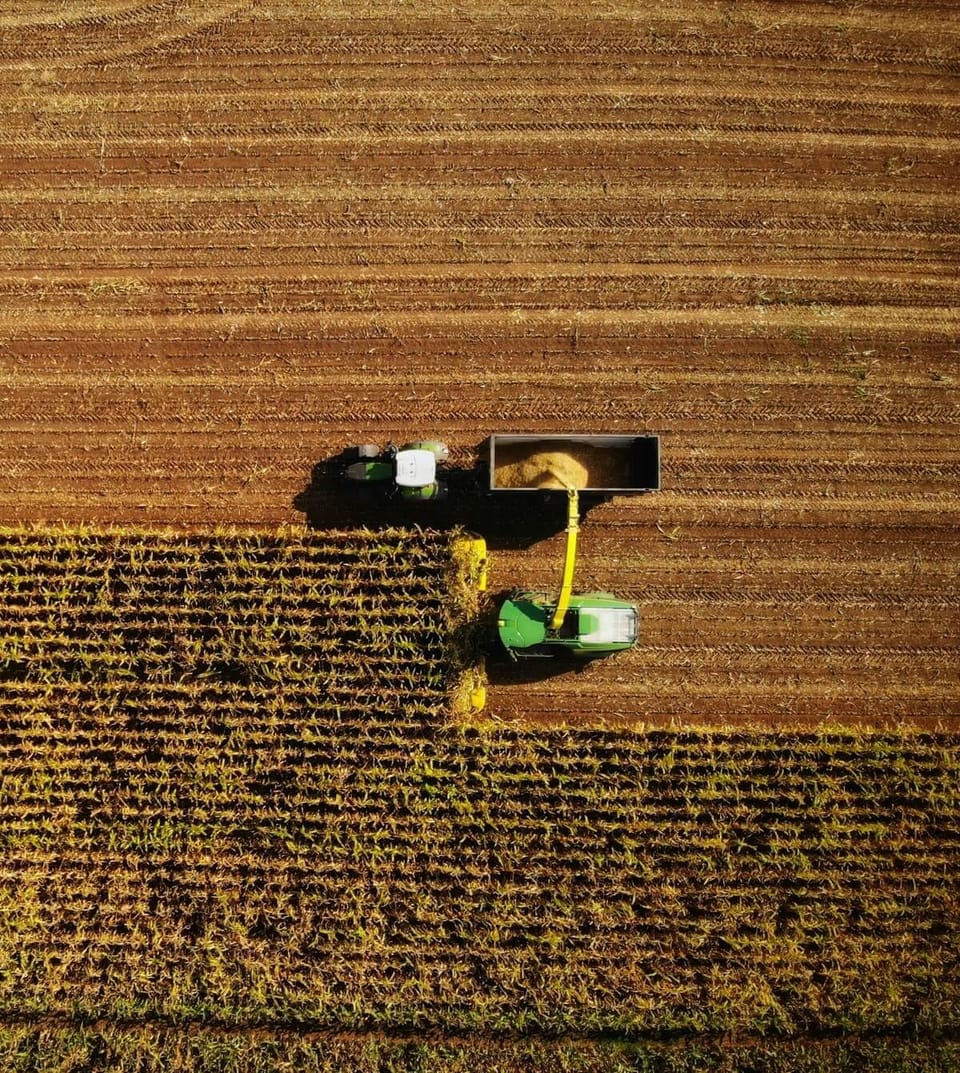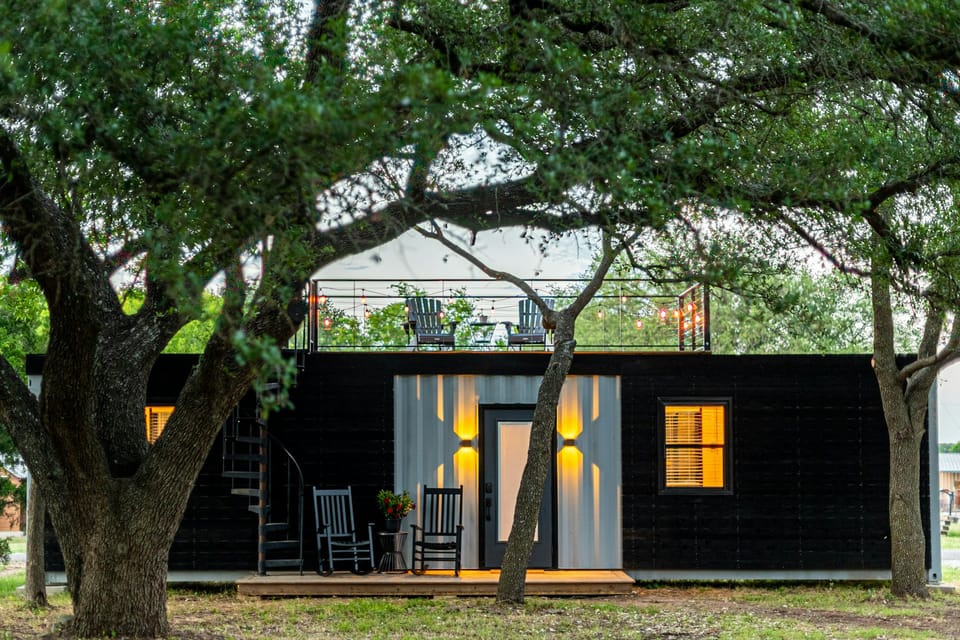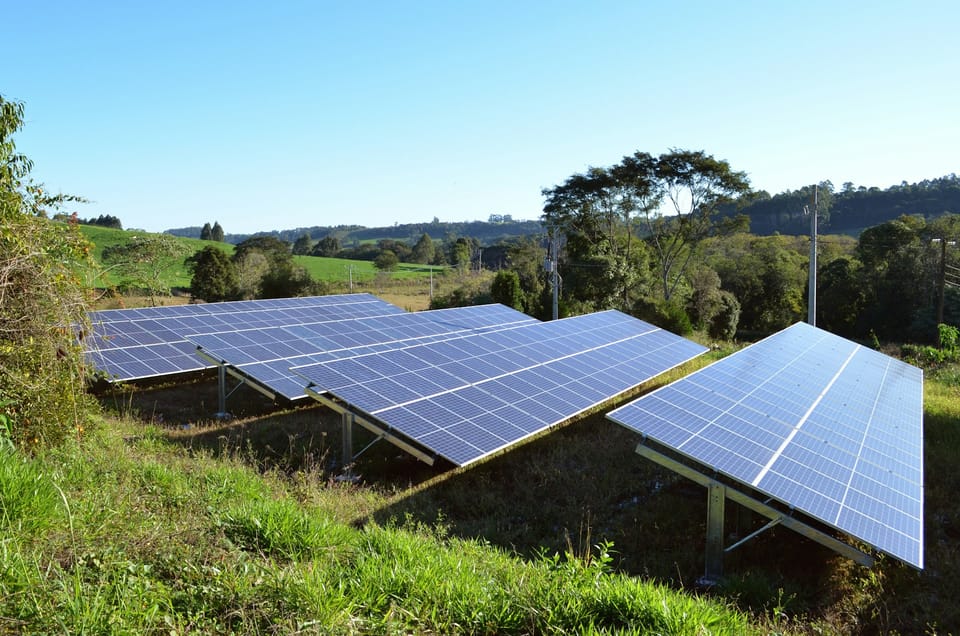Spain Starts a School for Shepherdesses
Blending tradition and innovation, Spain’s shepherdess school trains women in livestock care, land stewardship, and eco-friendly farming. It’s a bold step toward gender equality and rural revitalization in agriculture.
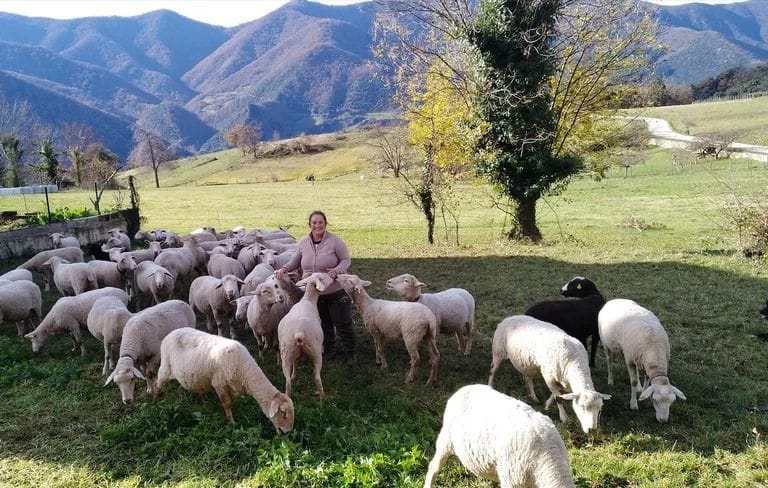
Have you ever dreamed of trading in your briefcase and the sound of traffic for a shepherd’s crook and for the bleating of goats heading off to the hills of rural Spain?
If so, you’re not alone. When the women of Spain were given a chance to apply for the newly-launched School for Shepherdesses of the 21st Century, 265 of them jumped at the chance.
“The project is clearly answering a need that exists in our society,” Susana Pacheco, the brains behind the new school, told in an interview.
The school is a project of the Spanish Association Against Depopulation (AECD), an organization devoted to revitalizing Spain’s dwindling rural villages. In the last 50 years, Spain’s countryside has lost 28 percent of its population, as VOA reported this month.1 It now has 6,800 villages with fewer than 5,000 inhabitants. This is a problem for the collective knowledge of the country, argues association president Lídia Díaz.
“Every time a house closes in a village, we lose the wisdom our ancestors accumulated with their experiences,”
The goal of the new school is to combat this loss specifically by empowering the women who live in the countryside already or who wish to live there, Pacheco, who runs the AECD in the province of Cantabria, said.
School for Shepherdesses
Women have for generations played an important role in rural life, yet this is not reflected in their economic power. Worldwide, women act as keepers of traditional agricultural knowledge and make up around 43 percent of the rural workforce, according to an AECD blogpost. Yet they make up less than 20 percent of landowners and only 13 percent of rural decision makers. In Spain, the situation is not much better. Women make up more than a third of the workers on the country’s family farms but only make up 26 percent of the bosses of rural endeavors, Pacheco told.
“They still continue in the shadows,” she said.
The idea behind the school is to give women the skills they need to launch their own rural enterprises and thereby regenerate the countryside.
“If we want our villages to stop losing people, for the older generations to be replaced and for the rural world to achieve economic and social sustainability, the presence of women to provide social support and drive new activities is fundamental,” Pacheco said.
To this end, shepherdesses in training will receive 460 hours of online lessons and 255 hours of practical instruction in the Spanish region of Cantabria, where the school will be based. The practical courses will be taught by local shepherds and producers. The women will learn how to raise sheep, cows, goats, horses, pigs and livestock, as well as other important skills for 21st century sustainable agriculture. Courses will include beekeeping, working with natural plants and sustainable tourism.
Part of designing a school specifically for women means making it family friendly, Pacheco said. Unlike other rural courses, the school will provide scholarships so that children can receive childcare while their mothers are studying.
The school has yet to begin. The organizers opened applications at the end of December and closed them in mid February. They are now in the process of securing funding for 30 students, who will make up the first class. But, once the school does start, its organizers hope it will signal a new beginning for rural Spain as well.
“As we have said, ‘Every time a house closes in a village, we lose wisdom,’ now we say, ‘Every time a house opens in a village, we better manage the landscape,’” Díaz wrote.
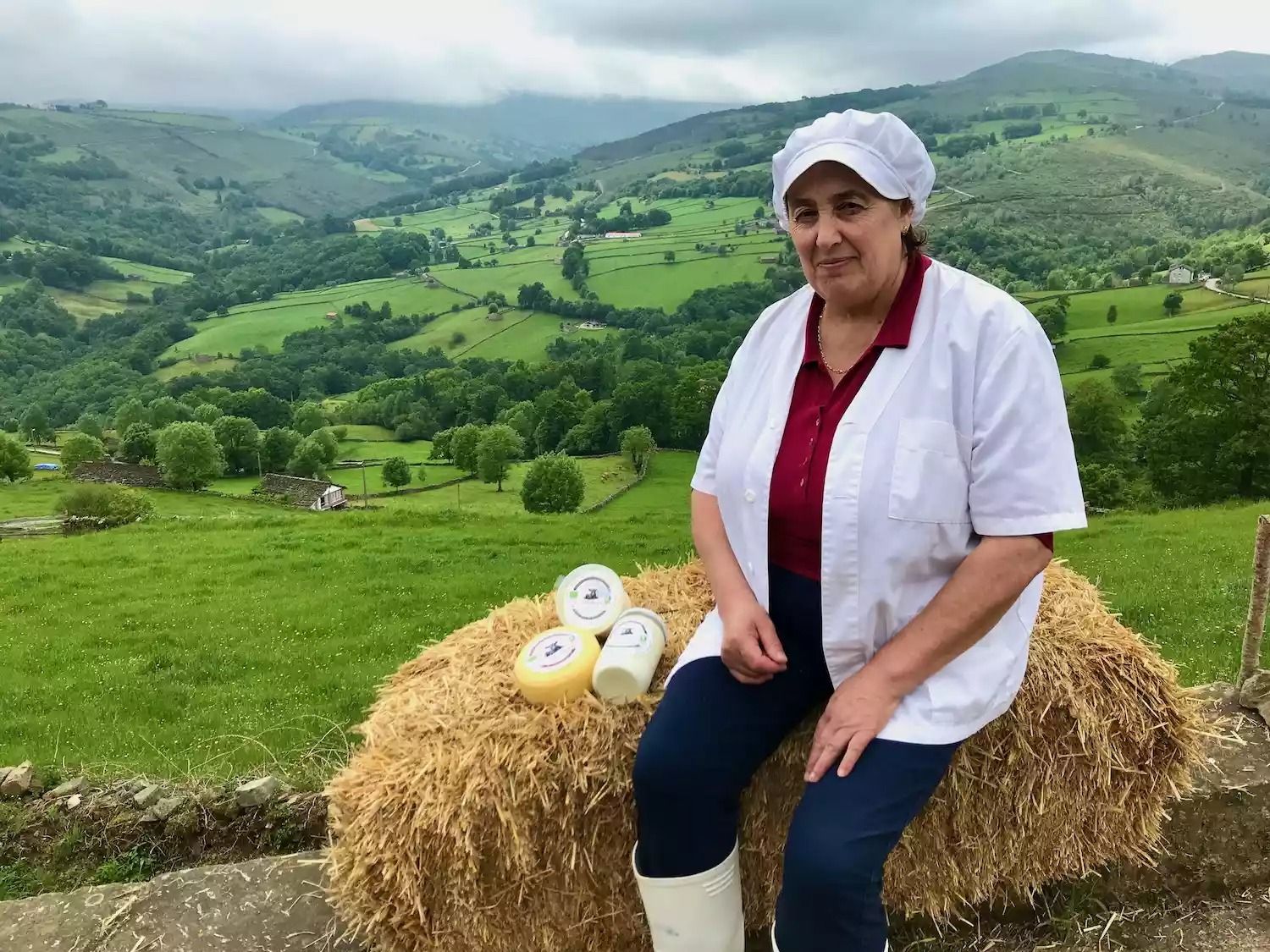
Sustainable Countrysides
That management of the rural landscape is an important component of the school’s vision. It aims not only to revitalize rural areas and empower women in agriculture but also to do it in a way that works with, rather than against, the planet. Part of the wisdom lost when people abandon rural areas, Díaz explained, is the knowledge of a kind of agriculture that is more in tune with its surroundings. For example, the diversity of seeds that have been adapted to particular soils over time are lost when farmers leave and stop planting them.
The women will be trained specifically in extensive livestock farming. This is a type of agriculture defined in opposition to the intensive agriculture of the factory farm, as YaleGlobal Online explained.3 Extensive livestock farming is characterized by its low productivity per animal and the smaller amount of surface area it requires. Beyond its smaller overall footprint, it offers distinct ecological advantages, as Pacheco explained.
- It Flights Climate Change: While livestock can contribute to greenhouse gas emissions by releasing methane, this can be offset by raising them on pastures. Well-managed pasture land actually sequesters carbon. Further, extensive livestock farming emphasizes the use of native breeds that are especially adapted to specific ecosystems, so it requires less energy and resources to raise them.
- It Promotes Biodiversity: Pasture animals fertilize native plants and also disperse seeds that stick to their paws, wool, and fur.
- It Fights Wildfires: Spain, like many other parts of the world, is seeing more frequent and extreme fires as temperatures rise and rainfall decreases.4 Interestingly, that uptick has also coincided with the loss of agricultural land in the country. Grazing animals munch on the plant matter that would otherwise fuel these flames – sheep, for example, can eat two to three kilograms of dry vegetation a day.
- Healthier Food: On a public health level, the products of extensive livestock farming are beneficial for humans to eat, and can provide nutrition while conserving important ecosystems, not destroying them.
“Extensive livestock farming is a key element in the transition towards a green economy,” Pacheco said.
However, some might argue that it would be better for the natural world for Spain’s residents to continue congregating in cities while leaving the villages to be reclaimed by wilderness. Ecologist E.O. Wilson, for example, has argued for protecting half of the world’s land and ocean and concentrating human population in the other half. Proponents of this view might not see Spain’s emptying villages as such a bad thing.
“Many villages now have populations of under a thousand, and continue to shrink as most of the young people leave,” climate fiction author Kim Stanley Robinson wrote for The Guardian in support of Wilson’s plan. “If these places were redefined (and repriced) as becoming usefully empty, there would be caretaker work for some, gamekeeper work for others, and the rest could go to the cities and get into the main swing of things.”
Díaz, however, has a different vision. She argued that, in the past, humans have been able to alter the landscape without destroying it or exhausting soils and aquifers, generating biodiversity in the same way that grazing animals do. The problem has been the industrial drive to exploit the land for maximum productivity in the moment, but Díaz thinks we can learn from the past while incorporating new techniques to make rural living truly sustainable.
“There is a concept that is being forgotten, and it comes to us from the country,” she wrote. “We, as humans, also belong and live on this planet. We are one of the species that inhabit it.”






